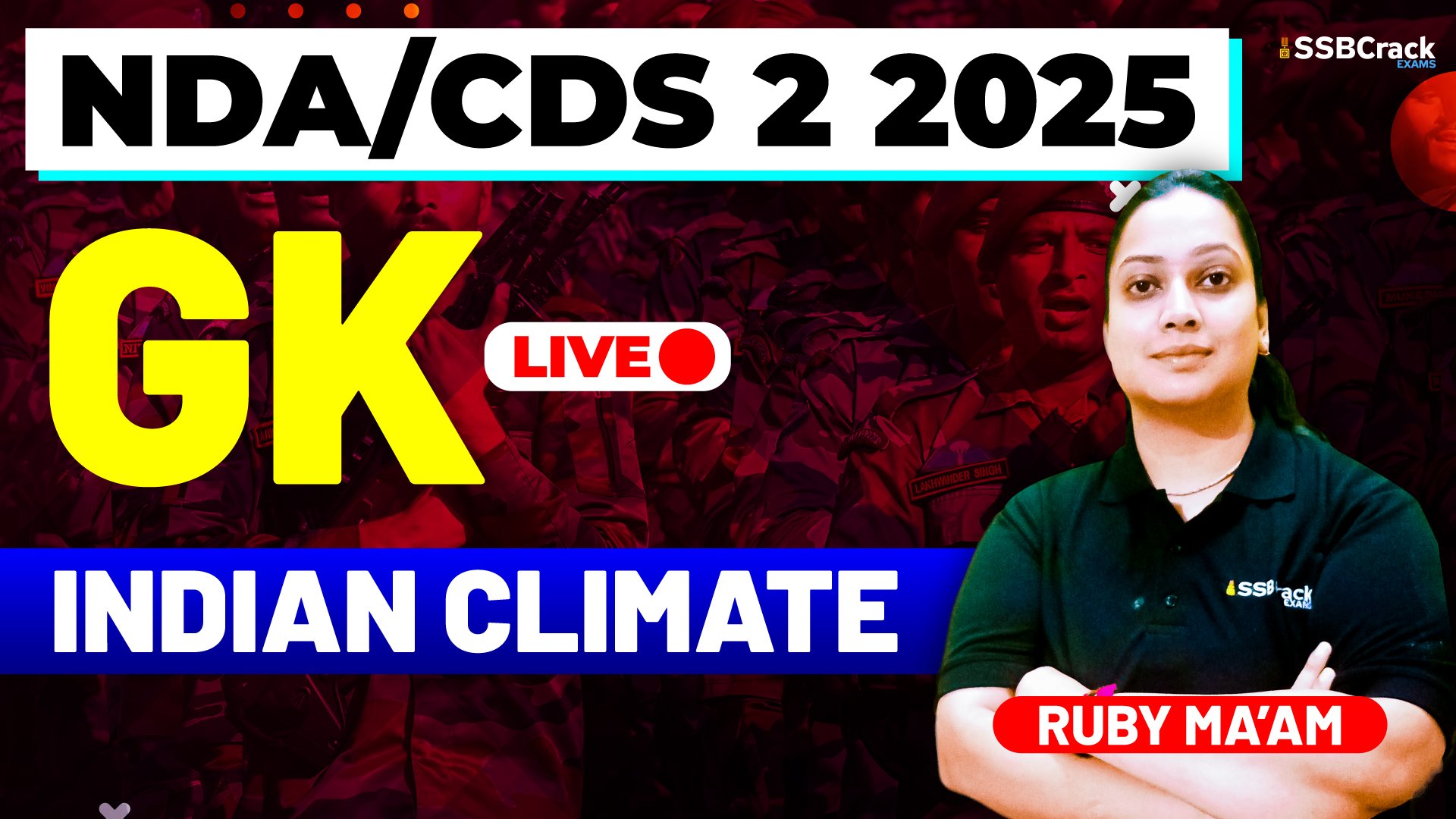For aspirants of the NDA (National Defence Academy) and CDS (Combined Defence Services) examinations, understanding the Indian climate is crucial—not just for clearing the written exam, but also for gaining insights into India’s geographical and strategic landscape. Indian climate is a recurring topic in the Geography section of the General Studies paper and plays a key role in both objective-type and descriptive questions.
🌦️ Why is Indian Climate Important?
- Frequently Asked in Exams
Every year, UPSC (which conducts both NDA and CDS) includes direct and indirect questions related to Indian climate patterns—monsoons, seasons, climatic regions, cyclones, and local winds. A sound grasp of these topics can give you an edge over other candidates. - Interconnection with Indian Geography
Indian climate is intrinsically linked to other geography topics such as drainage systems, agriculture, soils, vegetation, and population distribution. If you understand how climate works, you’ll be better positioned to answer a range of related questions. - Strategic Relevance for Armed Forces
For a future officer, climate knowledge isn’t only academic. It helps in understanding weather conditions in border areas, how climate affects military operations in mountains, deserts, and coastal areas, and why certain regions face floods or droughts. - Supports Map-Based Questions
Questions asking you to identify regions with highest rainfall, drought-prone areas, or monsoon patterns often appear in map-based or image-based formats. Without a clear concept of Indian climate zones, these can be tricky. - Helps in Current Affairs & Environment Topics
Topics like climate change, El Niño effect, floods, cyclones, and extreme weather events are often in news and make their way into exams. A background in Indian climate helps you understand these contemporary issues better.
☀️ Key Subtopics to Focus On
- Monsoon Mechanism – Southwest and Northeast Monsoons
- Seasons in India – Summer, Winter, Rainy Season, Retreating Monsoon
- Climatic Regions of India – Köppen Classification
- Rainfall and Temperature Patterns
- Factors Affecting Indian Climate – Latitude, Altitude, Distance from Sea
- Cyclones and Western Disturbances
- El Niño, La Niña and Indian Monsoon
- Rain Shadow Areas and Local Winds like Loo
📝 How to Prepare?
- Read NCERT Geography (Class 6–10) for basics, especially Class 9 & 10.
- Study the G.C. Leong chapters on climate for deeper understanding.
- Practice previous years’ questions from NDA/CDS papers.
- Use maps and diagrams to reinforce your learning.
🪖 Final Thoughts
As a future officer of the Armed Forces, you are expected to have a good awareness of your country’s natural systems. Understanding Indian climate is not just about scoring marks; it’s about being aware of the environment where you will one day lead and serve. Build this foundation well, and it will serve you throughout your career.


















